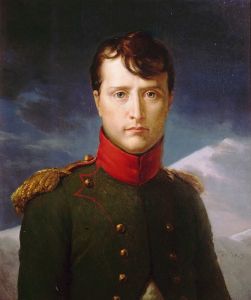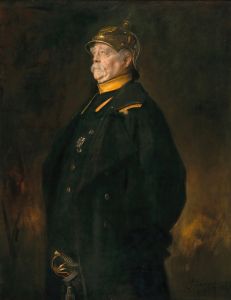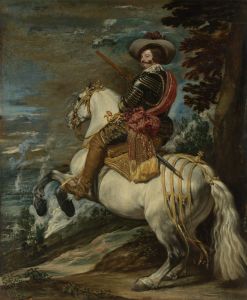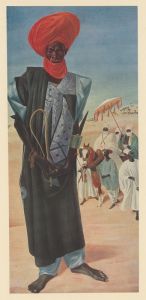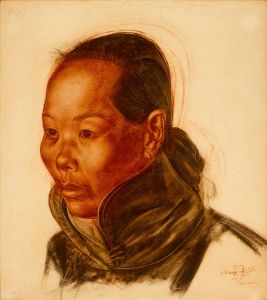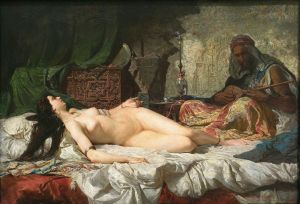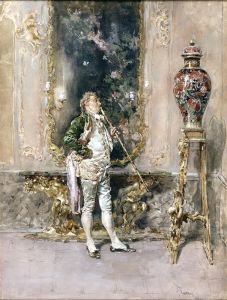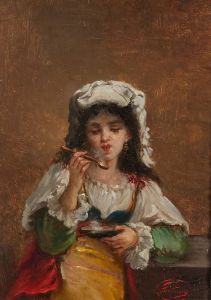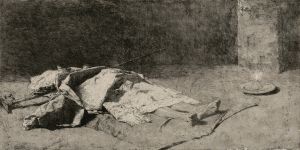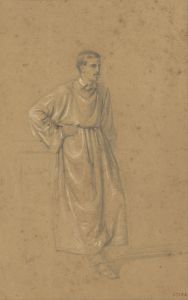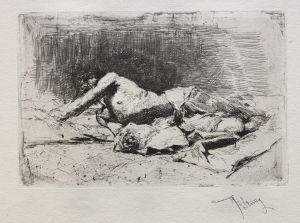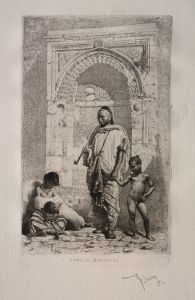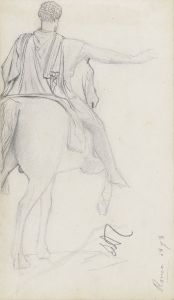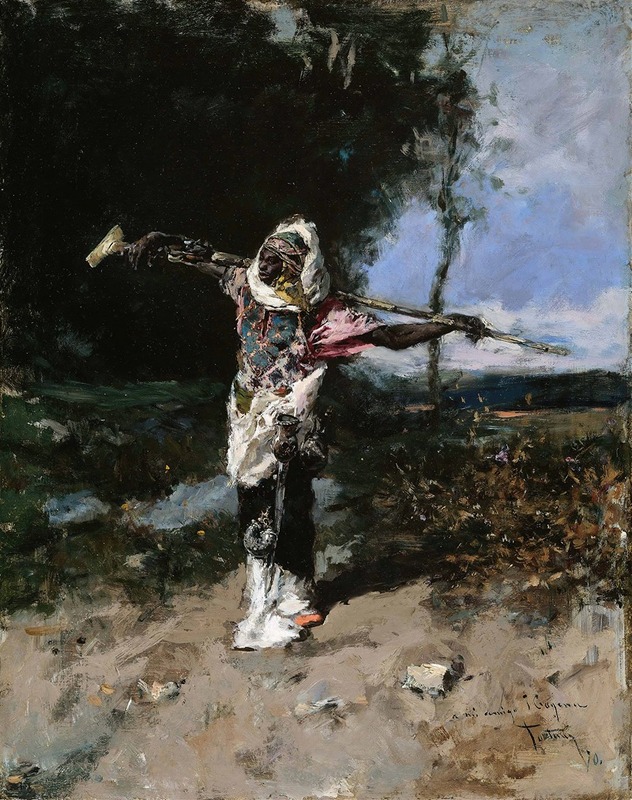
African Chief
A hand-painted replica of Mariano Fortuny Marsal’s masterpiece African Chief, meticulously crafted by professional artists to capture the true essence of the original. Each piece is created with museum-quality canvas and rare mineral pigments, carefully painted by experienced artists with delicate brushstrokes and rich, layered colors to perfectly recreate the texture of the original artwork. Unlike machine-printed reproductions, this hand-painted version brings the painting to life, infused with the artist’s emotions and skill in every stroke. Whether for personal collection or home decoration, it instantly elevates the artistic atmosphere of any space.
"African Chief" is a painting by the Spanish artist Mariano Fortuny Marsal, who was an influential figure in the 19th-century art scene. Fortuny was known for his detailed and vibrant works, often inspired by his travels and the diverse cultures he encountered. Born in Reus, Catalonia, in 1838, Fortuny showed an early talent for art, which led him to study at the Academy of Fine Arts in Barcelona and later in Rome.
The painting "African Chief" is a testament to Fortuny's fascination with exotic subjects and his ability to capture the essence of different cultures. Although specific details about the creation date and the exact circumstances surrounding this particular work are not extensively documented, it is known that Fortuny's travels to North Africa, particularly Morocco, had a profound impact on his artistic style and subject matter. These travels were initially prompted by a commission to document the Spanish-Moroccan War in 1859-1860, which exposed him to North African landscapes, peoples, and customs.
In "African Chief," Fortuny employs his characteristic attention to detail and vibrant color palette to depict a figure that embodies the dignity and presence of a leader. The painting reflects Fortuny's skill in rendering textures and fabrics, as well as his interest in the play of light and shadow. The chief is often portrayed in traditional attire, which Fortuny meticulously details, highlighting his ability to convey the richness and intricacy of different cultural garments.
Fortuny's work is often associated with the Orientalist movement, a genre that romanticized and depicted the East as a place of beauty and mystery. While Orientalism has been critiqued for its stereotypical and sometimes inaccurate portrayals, Fortuny's works are noted for their respectful and detailed representation of his subjects. His paintings, including "African Chief," are celebrated for their technical mastery and the artist's genuine interest in the cultures he portrayed.
Mariano Fortuny's career was tragically cut short when he died of malaria in 1874 at the age of 36. Despite his brief life, he left behind a significant body of work that continues to be studied and admired. His influence extended beyond his lifetime, impacting both his contemporaries and future generations of artists. Today, Fortuny's works, including "African Chief," are housed in various museums and collections, where they continue to attract attention for their beauty and historical significance.
In summary, "African Chief" is a reflection of Mariano Fortuny Marsal's artistic prowess and his engagement with the cultures he encountered during his travels. The painting exemplifies his ability to blend technical skill with a deep appreciation for the diversity of human experience.





